Summer heat can be especially oppressive when it comes to exercise and completing heavy workouts. It’s during the summer months that people are most likely to want to take their workouts outdoors in a natural setting, rather than stay indoors to practice traditional gym activities. That said, effective workouts take their toll on the body and it’s important to prioritize recovery to ensure that every workout is worth the energy exerted. This is especially true in summer months when temperatures are higher and the body works harder to adapt to different climates and weather conditions.
10 Tips for Faster Recovery After Intense Workout
After a summer workout session that leaves you feeling exhausted, it's essential to give your body the time and support it needs to recover. Rapid recovery not only helps prevent injuries but also enables you to bounce back quickly and be ready for your next workout or training session. Here are some tips to help you recover faster after an intense summer workout:
- Hydrate, hydrate, hydrate
Sweating profusely during workouts can lead to dehydration, which can cause fatigue, muscle cramps, and even heatstroke. To replenish lost fluids, make sure to drink plenty of water before, during, and after your workout. Additionally, consider incorporating electrolyte-rich drinks or sports drinks to replenish essential nutrients and minerals lost through sweat.
- Embrace post-workout nutrition
High-intensity workouts can deplete your energy stores and damage muscle fibers. Consuming a balanced meal or snack within 30-60 minutes post-workout is crucial to replenish nutrients and kickstart the recovery process. Aim for a combination of lean protein, complex carbohydrates, and healthy fats to promote muscle repair and glycogen replenishment.
- Get enough restorative sleep
Sleep is when the majority of your body's repair process occurs. Aim for at least 7-8 hours of quality sleep each night to facilitate muscle recovery and reduce inflammation. Try establishing a relaxing bedtime routine and create a sleep-friendly environment to optimize your rest.
- Consider cold or contrast therapy
Cold therapy, such as ice baths or cold showers, can help reduce inflammation and muscle soreness. Taking a dip in a cold body of water after an intense workout can be particularly effective. If a full-body immersion seems too daunting, you can also apply ice packs to specific areas. Additionally, contrast therapy, alternating between cold and hot water, can provide similar benefits.
- Incorporate active recovery
Active recovery involves engaging in low-intensity exercises to stimulate blood flow to your muscles and facilitate their repair. Activities such as light jogging, swimming, or cycling can help reduce muscle soreness and prevent stiffness.
- Stay consistent with recovery practices
Consistency is key when it comes to recovery. Make sure to incorporate these tips into your regular post-workout routine rather than using them sporadically. As you prioritize recovery, you'll notice improved performance, reduced risk of injury, and a stronger body better equipped to handle intense summer workouts.
- Practice dynamic stretching
Before your workout, warm up with dynamic stretching exercises. This helps enhance blood flow to your muscles, increases your range of motion, and prepares your body for the intense activity ahead. Dynamic stretches also aid in recovery by reducing muscle stiffness and soreness after the workout.
- Listen to your body
Pushing your limits is admirable, but it's equally important to recognize when your body needs rest. If you feel excessive fatigue, persistent pain, or any signs of injury, take a break from intense workouts. Overtraining can lead to chronic injuries and hinder your progress in the long run. Instead, engage in low-impact activities like yoga or gentle stretching to promote recovery and maintain an active lifestyle.
- Practice deep breathing and meditation
Incorporate deep breathing exercises or meditation into your recovery routine. This helps calm your nervous system, reduce stress levels, and promote muscle relaxation. By reducing stress and anxiety, you enhance your body's ability to recover.
- Use recovery tools
The bottom line



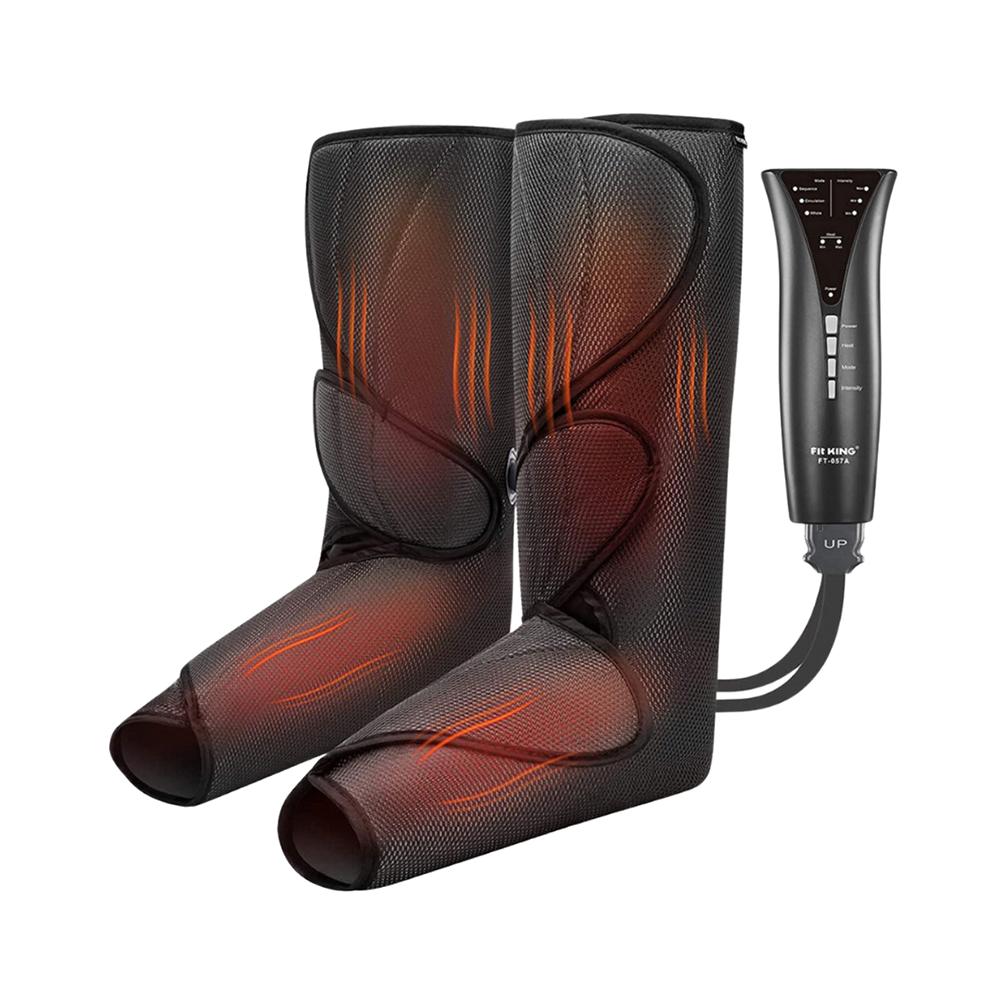
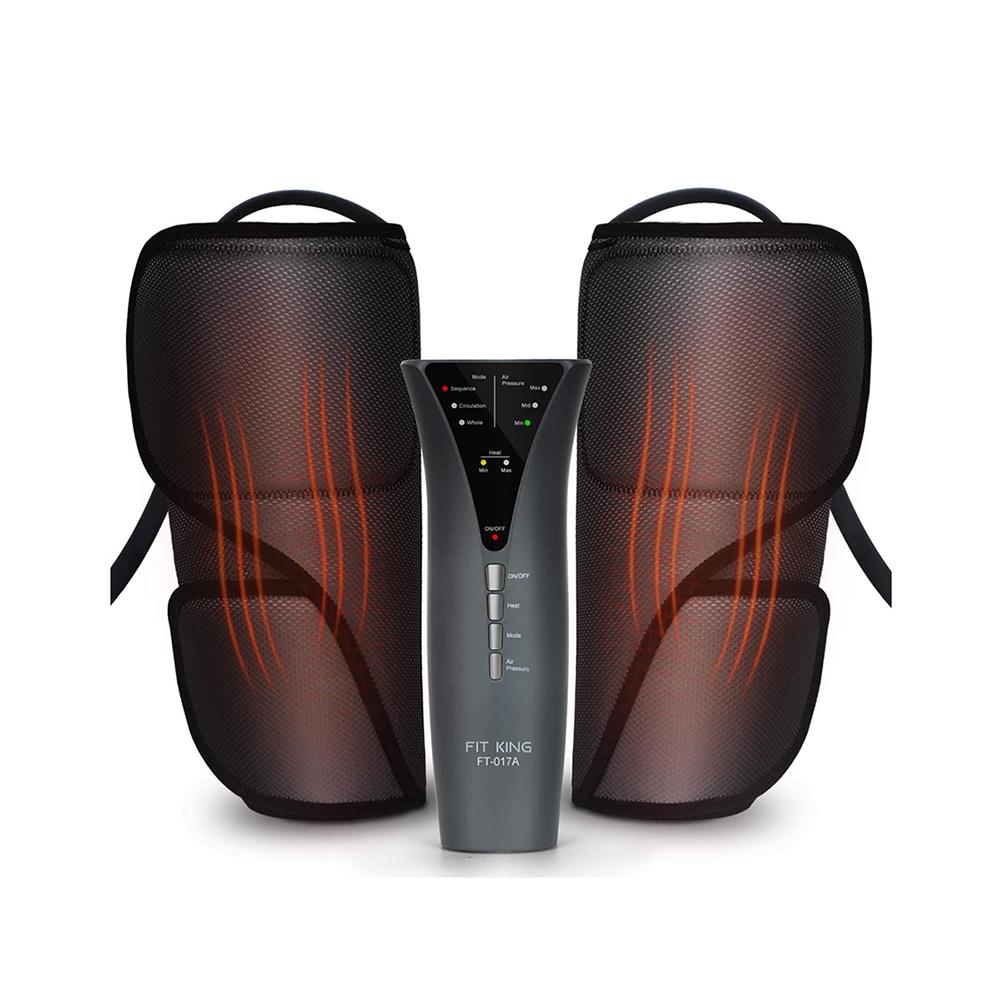
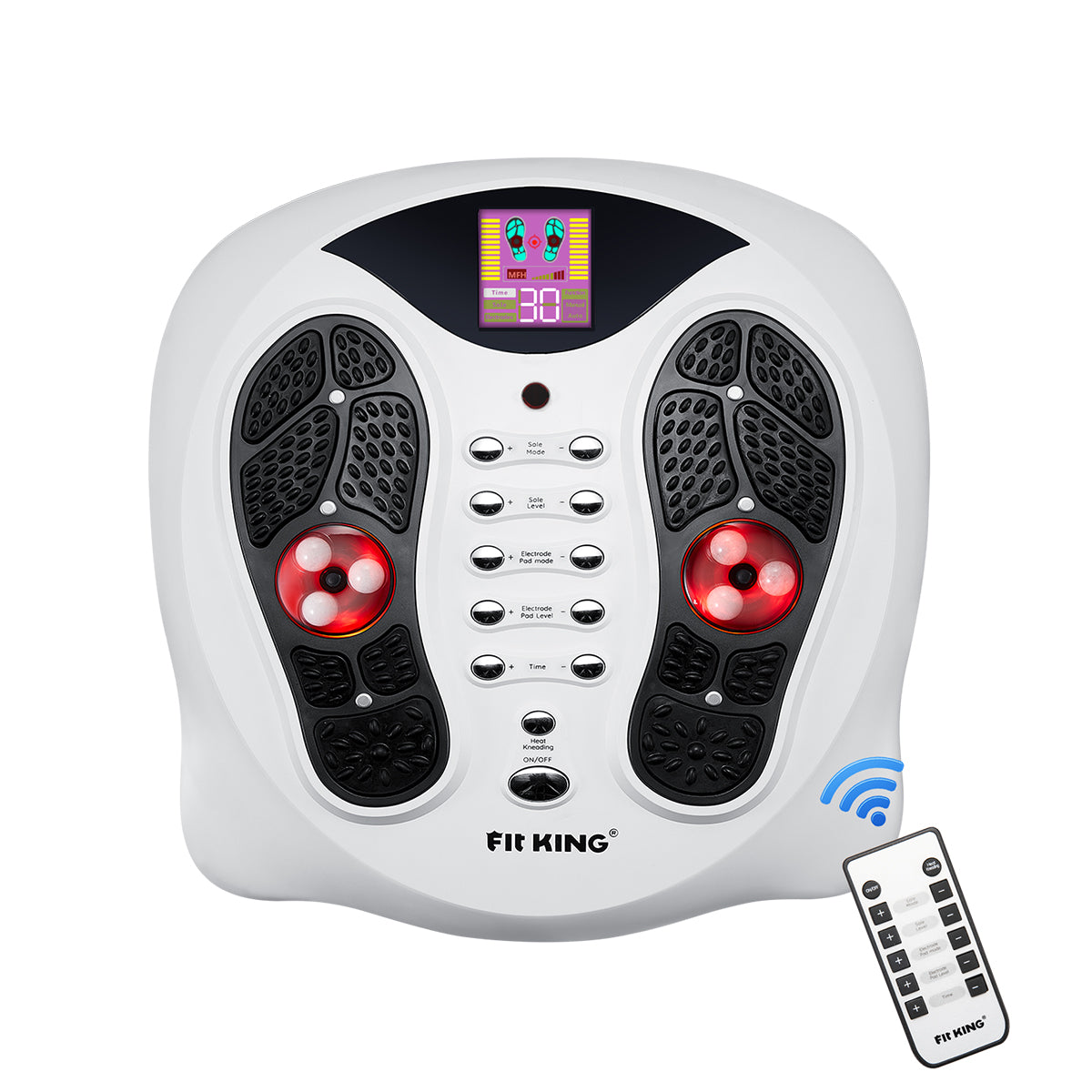
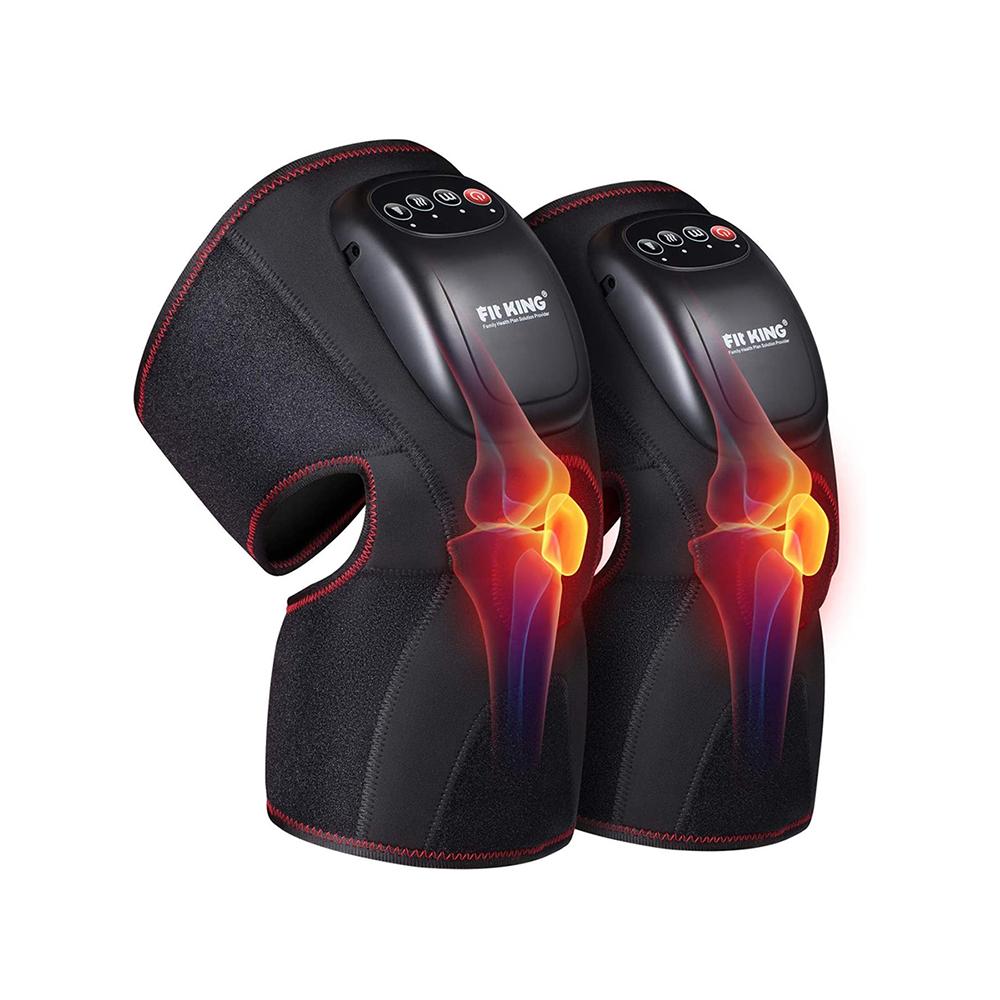
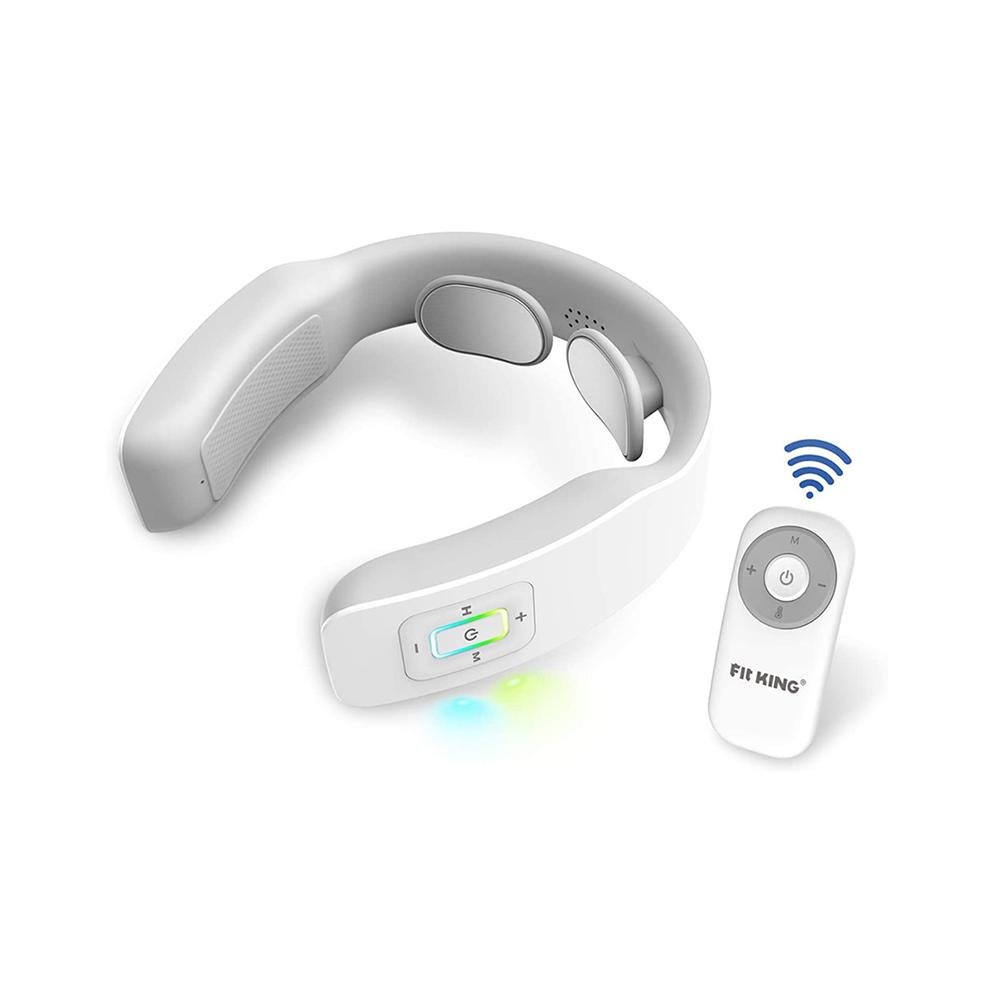
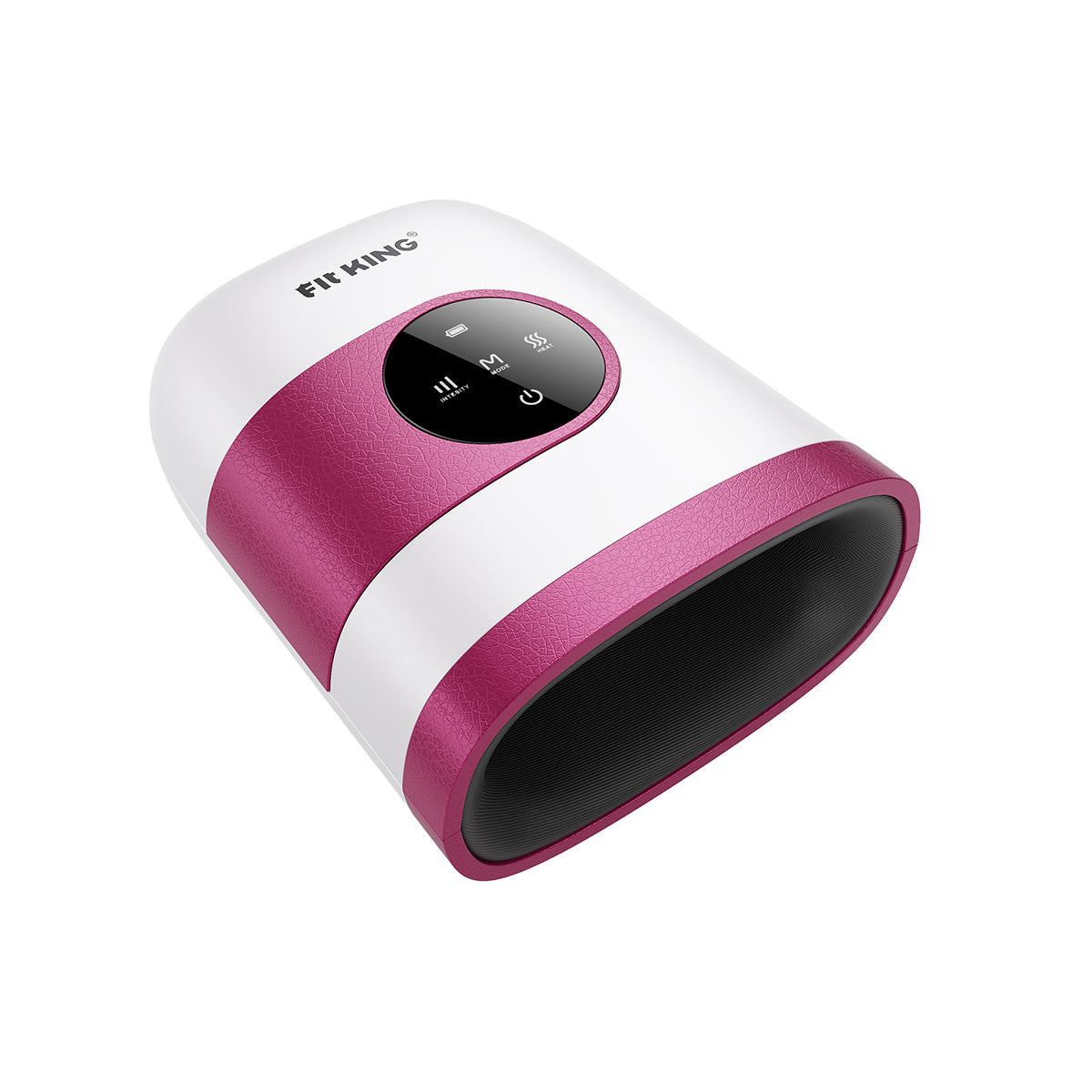




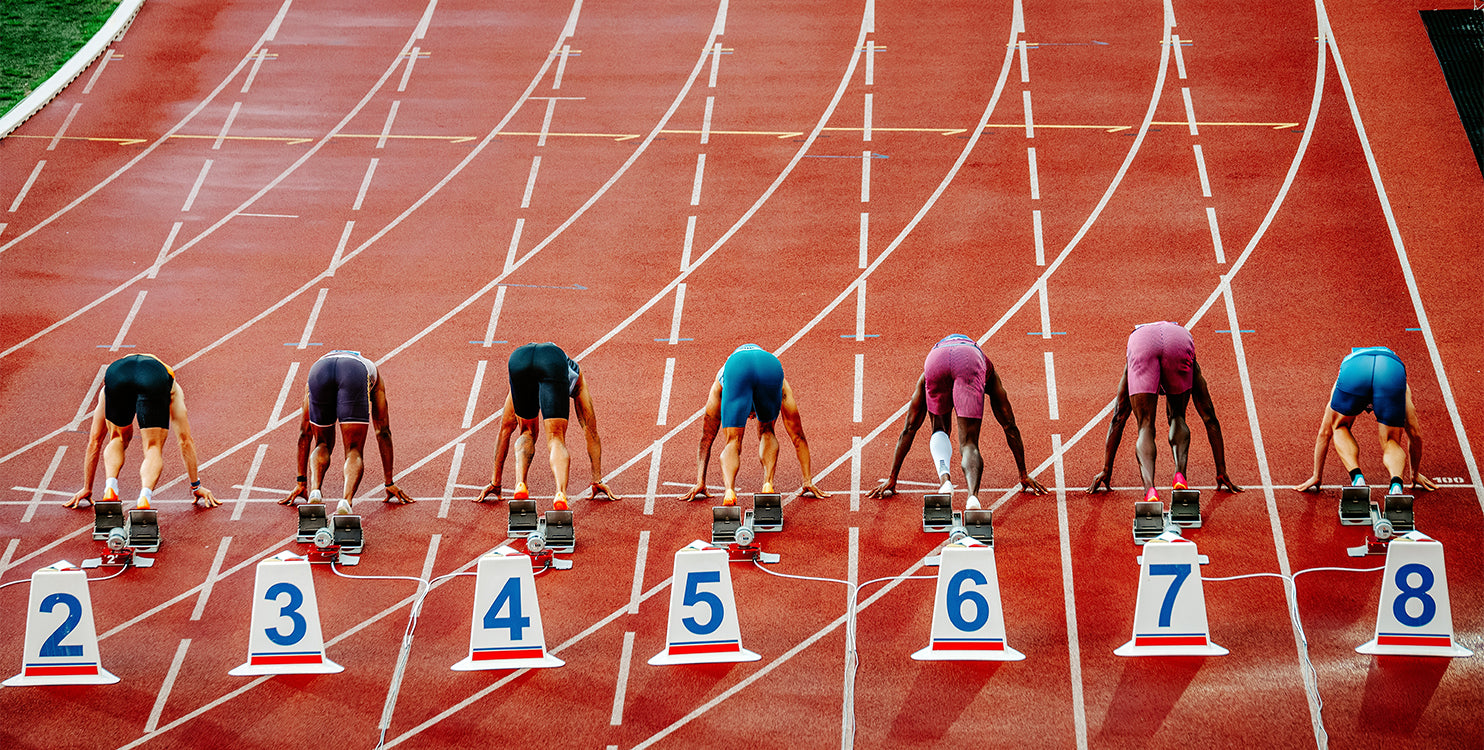
Leave a comment
This site is protected by hCaptcha and the hCaptcha Privacy Policy and Terms of Service apply.